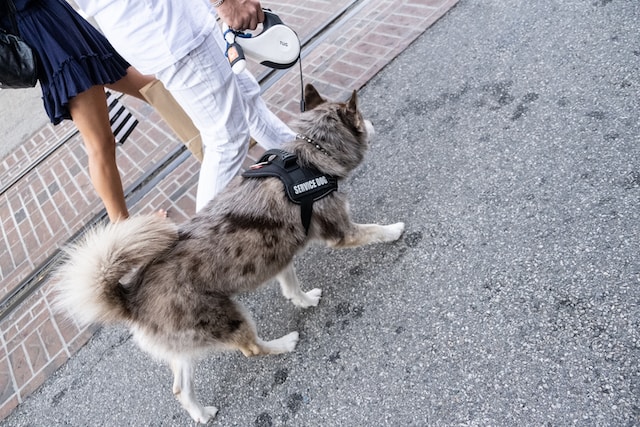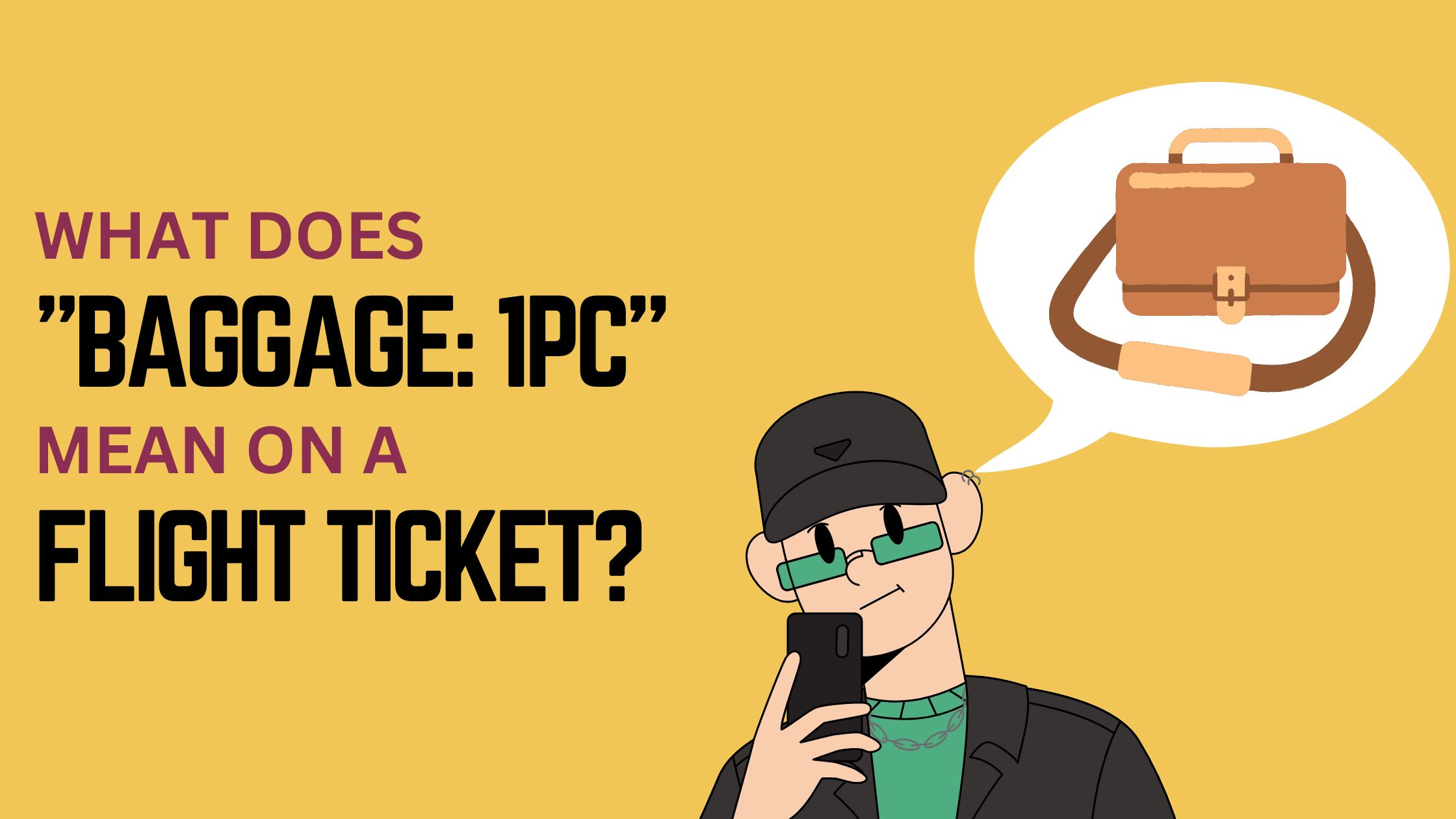The love and support of a furry friend can make all the difference when dealing with emotional or mental health issues. But what happens when it’s time to travel? Can ESA dogs fly?
This is a question that has been on the minds of many emotional support animal (ESA) owners who want to bring their loyal companions with them on a plane. In this article, we’ll take a closer look at the regulations and guidelines surrounding ESA dogs and air travel.
Can ESA Dogs Fly?
Yes – but it is important to understand the requirements and restrictions that apply in order to ensure a safe and comfortable travel experience. The most important step is obtaining a letter from a licensed mental health professional that states the animal is necessary for emotional support.
Without this document, the airline will not allow the animal on board.
It is important to note that airlines may have additional requirements or policies regarding ESA dogs.
For instance, some airlines may require that the animal be kept in an approved carrier for the duration of the flight.
Once all documentation and requirements are met, travelers must take into consideration a few other factors when flying with their ESA dog.
For example, it is generally recommended that owners bring food, water, medications (if applicable), and any other necessary supplies for their pets during the trip.
Additionally, since different airlines have different regulations, it is important to check with the airline prior to booking a flight.
Do Service Dogs Fly For Free?

Yes, most airlines allow service dogs/ESA dogs to fly without any charge if they meet the requirements set by the airline. However, the individual must provide documentation from their healthcare provider stating that they have a disability and the animal’s presence.
According to the Department of Transportation (DOT), there are two categories of service animals that may be allowed to fly: service dogs and emotional support animals. A service dog must be trained to perform a task or function for a person with a disability.
An emotional support animal is an animal that provides comfort and companionship to people who suffer from mental illness, such as depression, anxiety, PTSD, etc.
The DOT has stated that airlines may not require any additional documentation for an emotional support animal.
However, certain airlines may have their own rules and regulations regarding ESAs and it is important for the individual to check with their airline prior to travel.
| Airline | Do service dogs fly for free? |
| American Airlines | Yes |
| Delta Air Lines | Yes |
| United Airlines | Yes |
| Alaska Airlines | Yes |
| Southwest Airlines | Yes |
| JetBlue Airways | Yes |
| Frontier Airlines | Yes |
| Spirit Airlines | Yes |
| Allegiant Air | Yes |
What Are The Rules For Traveling With An Emotional Support Dog?
The rules for traveling with an emotional support dog vary depending on the mode of transportation. For air travel, passengers must provide documentation from a licensed mental health professional stating the need for the animal and proof of its training and vaccinations.
The dog must also be well-behaved and under control at all times. Some airlines may require additional forms or advance notice.
When traveling by car or train, there are no federal regulations, but it is recommended to have documentation and follow any specific rules set by the transportation company.
It is important to note that emotional support animals are not considered service animals and do not have the same legal protections.
- Documentation: In order to travel with your emotional support dog, you must have a letter from your mental health professional that outlines the need for the animal. The letter should be written on the mental health professional’s letterhead and include their license information.
It should also state that the passenger suffers from an emotional or psychological disability and requires an ESA for assistance.
The letter should be dated within one year of travel and passengers must present it to TSA officers at the checkpoint at the airport.
- Pre-Flight Notification: Airlines require passengers to notify them at least 48 hours before their flight that they will be traveling with an emotional support animal. This notification can typically be done online through the airline’s website or by calling customer service. Airlines may also require passengers to provide proof of their disability and the animal’s vaccinations.
- Airport/Flight Etiquette: All ESA must travel in a carrier that can be stowed under the seat in front of the customer or on a leash at all times while in the airport and onboard the aircraft. Passengers should check in one hour before the general public to accommodate any paperwork or vaccine documentation that may need to be verified by airline staff.
ESAs are not allowed to occupy any seats, so passengers will have to keep them with them for the duration of their flight.
What Are The Documentations Required To Travel ESA Dog?
It is important to note that airlines cannot require additional documentation from service animal owners, other than what is outlined by the US Department of Transportation (DOT). We will explore this further and explain exactly what documents are needed for a successful trip.
When traveling with an ESA Dog, there are certain documents that must be acquired before embarking.
The first and most important document is a U.S. DOT form attesting to the animal’s health, behavior, and training.
This document should include information such as vaccinations, vaccination dates, behavioural evaluation results, and any additional training the animal has received if necessary.
If your flight is 8 or more hours in duration then you will also need a U.S. DOT form attesting that the animal can either not relieve itself or can do so in a sanitary manner.
It is recommended to check with your airline for other specific requirements they may have for service animals on board their flights.
In addition to the two forms outlined above, it is important to also have proof of your pet’s registration with an ESA registry.
This will help avoid any confusion at the airport or on the plane and will provide you with access to additional privileges for your pet.
Finally, if you plan to travel internationally, it is important to check the specific requirements in each country as rules may vary from one country to another.
How To Fly With An Emotional Support Dog?

First and foremost, you must have the appropriate paperwork for your service dog. Additionally, you may incur fees associated with bringing an animal onboard and should prepare accordingly. You should also be aware of any size restrictions or breed restrictions imposed by the airline.
This helps prevent large pets from occupying too much space onboard.
It’s also important to take into consideration the current weather conditions when travelling with your pet.
Ask yourself if it’s a comfortable temperature for your pet to travel and if the weather may affect the flight in any way.
Additionally, you should check with your airline to confirm that your destination is not subject to any restrictions on pets.
Finally, obtaining proof from your vet that your pet is healthy and up-to-date on all vaccines before travelling is essential.
This not only helps ensure the safety of yourself and other passengers but also serves as evidence that your pet is fit for air travel.
Under What Circumstances May Airlines Deny Transport To A Service Dog?
Airlines may deny transport to a service dog depending on the size and weight of the animal, in most cases. Additionally, if the animal poses a direct threat to the health or safety of others, then it will not be allowed onboard either.
Airline personnel may also deny transport to a service dog if its presence causes a significant disruption in the cabin or at airport gate areas.
In addition, some countries and U.S . territories may have health requirements that prohibit certain animals from entry.
If the service animal in question does not meet these requirements, then it will be denied transport.
Finally, airlines may require passengers to provide DOT service animal forms prior to allowing their pet on board.
If the passenger fails to provide these forms, then their animal may be denied transport as well.
Do Airlines Recognize ESA Dogs?
The answer is yes. Under the new DOT guidelines, airlines are now allowed to recognize ESAs as pets rather than assistance animals, meaning that those traveling with their emotional support animal will have to pay a pet fee when using certain airlines.
While the fees vary from carrier to carrier, most airlines require payment for any animal not classified as a service dog.
Additionally, some carriers have put additional restrictions on their policies for ESA travelers, such as size and weight requirements for the animal or requiring documentation of health and vaccinations prior to travel.
It is important to note that although many airlines are recognizing ESAs as pets, some are still classifying them as assistance animals and thus allowing them to fly free of charge.
This means that if you plan on traveling with your ESA, it is important to check the policies of each airline prior to booking your flight.
Finally, there are some airlines that still do not recognize ESAs at all.
This means that you will not be able to bring your emotional support animal on board with you and may need to make other arrangements for their care during the duration of your trip.
It is also important to note that even if an airline does recognize ESAs as pets, they still reserve the right to refuse any animal for health or safety reasons.
Is There A Weight Limit For Emotional Support Dogs To Fly?
While there is no specific weight limit for emotional support dogs to fly, airlines can impose certain restrictions on the size of the animal. For instance, they may require that the dog fits comfortably within the handler’s foot space or on the passenger’s lap.
This is because airlines have limited space available and need to ensure the safety and comfort of all passengers on board.
Additionally, airlines may have their own policies regarding the size and weight of animals that can be accommodated on flights.
It’s important to check with the specific airline before traveling with an emotional support dog.
Flying With Emotional Support Dog Questions
Can You Fly With Therapy Animal On Plane?

Yes, it is possible to fly with a therapy animal on a plane, but it depends on the airline’s policies and the type of therapy animal. Airlines are required by law to allow service animals on board, but therapy animals do not have the same legal status.
Some airlines may allow therapy animals to fly if they meet certain requirements, such as being trained and certified by a recognized organization.
However, it is important to check with the airline beforehand and provide any necessary documentation.
It is also important to note that emotional support animals, which are different from therapy animals, are subject to changing regulations and some airlines may not allow them on board.
How To Fly With An Emotional Support Animal?
Flying with an emotional support animal can be a bit complicated, but there are some steps you can take to make the process smoother. Firstly, it’s important to research the airline’s policies on emotional support animals and make sure you meet all their requirements.
You will need to provide documentation from a licensed mental health professional stating that you require an emotional support animal to fly.
It’s also important to ensure that your animal is well-behaved and won’t disturb other passengers.
Can An ESA Dog Fly In Cabin?
Yes, an ESA dog can fly in the cabin of an airplane with its owner, as long as certain requirements are met. The owner must have a valid letter from a licensed mental health professional stating that they have a disability and need the animal for emotional support.
The dog must also be well-behaved and trained to not disrupt the flight or bother other passengers. The airline may also require additional documentation or advance notice before allowing the ESA dog on the flight.
It is important to check with the specific airline for their policies and requirements before traveling with an ESA dog.
Where Do ESA Dogs Sit On A Plane?
ESA dogs are allowed to sit with their owners in the cabin of the plane, but there are certain regulations that need to be followed. The airline must be notified in advance that an ESA dog will be accompanying the passenger.
Additionally, the dog must be well-behaved, obedient, and not disruptive to other passengers.
The dog must also be properly restrained with a leash or harness, and must fit comfortably at the passenger’s feet or on their lap.
Some airlines may require additional documentation, such as a letter from a licensed mental health professional, certifying the need for an ESA dog.
It is important to check with the specific airline’s policies and requirements before traveling with an ESA dog.
Conclusion
In conclusion, ESA (emotional support animals) dogs can fly on commercial airlines with their owners but require proper documentation and adherence to airline policies. ESA dogs offer support and comfort to individuals with mental health disabilities during air travel.
However, it’s essential to understand the legal rights and responsibilities surrounding ESA dogs, such as having valid documentation and keeping the animal under control during the flight.
As with any airline travel, it’s crucial to research and understand the airline’s policies regarding ESA dogs before booking a flight.







